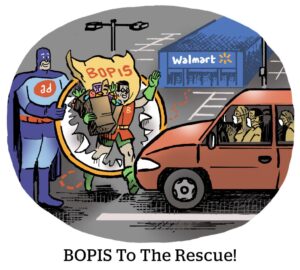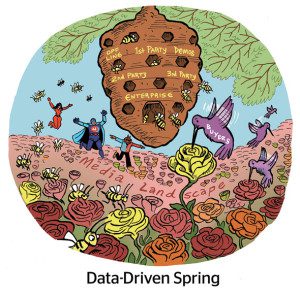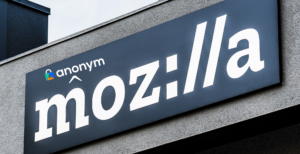The first step in the retail media evolution is for every retailer to create its own data-driven ad platform.
Check.
Eventually, though, if retailers are to become a real pillar for advertisers across categories like finance, travel, automotive and entertainment, they’ll need to build non-endemic businesses. Which means getting ad revenue from brands that aren’t carried in their stores.
“That’s going to be a core piece of any retail media strategy,” Kristi Argyilan, retail media SVP at the grocery chain Albertsons, told AdExchanger.
Albertsons is taking that first step into non-endemic advertising next week via a partnership with Rokt to serve ads to people who have already purchased groceries, the company announced on Friday.
Non-endemic baby steps
Online grocery shoppers won’t see unrelated ads while they’re looking for groceries, but once they’ve made a purchase, they might see an offer to, say, download an app, join a membership program or accept some other type of deal on the order confirmation page or receipt.
Hulu, for instance, was a pilot brand, so Albertsons’ shoppers saw offers for a free month. The AARP also offered some shoppers a discount to sign up for its membership. Uber, Grubhub, Ticketmaster and Kohl’s are other non-endemic brands on the Rokt ad marketplace.
Argyilan also said Albertsons vets the advertisers and might exercise discretion about allowing certain brands. For instance, she said Instacart is a big partner of Albertsons as a delivery service, so those ads would be allowed. But other grocery services might be blocked as competitive.
She added that Albertsons has a partnership with The Trade Desk to target and attribute campaigns using the grocer’s data, which is open to non-endemic brands that use TTD. However, that hasn’t been a use case yet, she said.
The cost of data
One challenge for getting non-endemic brands onto retail media platforms is the price of retailer data. It can be shockingly high – sometimes costlier than the media itself in a programmatic campaign.
There are brands with no food products that still might want to target vegan shoppers, say, or a kids’ clothing manufacturer might target diaper buyers.
The cost of retail data isn’t a hurdle, exactly, Argyilan said, as much as it is about “being able to organize and get the proposition clearly out into the marketplace.”
In other words, the price of retail data doesn’t need to come down to meet the standards of other data sources, like common third-party data sellers. Rather, advertisers will need to take some time to realize that’s what the data is worth.
The non-endemic advertising business will heat up for retailers, Argyilan said. But before advertisers see what they’re able to do with first-party retail data, they have to really understand their own data.
Which is why the early non-endemic partners tend to be ones that have memberships, subscriptions or data-driven advertising businesses of their own.
“It feels like the conversation with a lot of CMOs is: ‘Do I have something that I should turn into a media network?’” she said. “That’s the terrain we need to navigate.”















